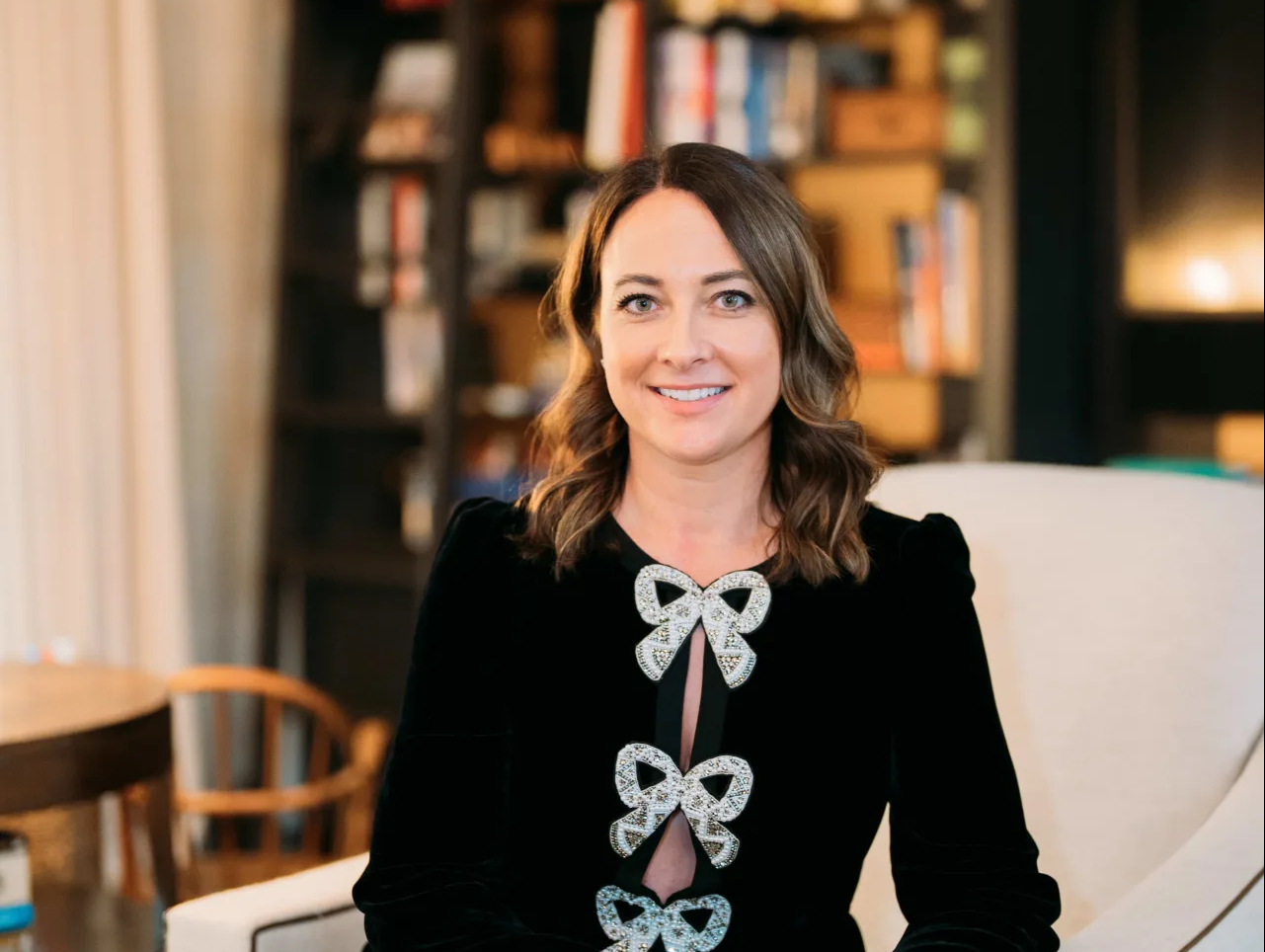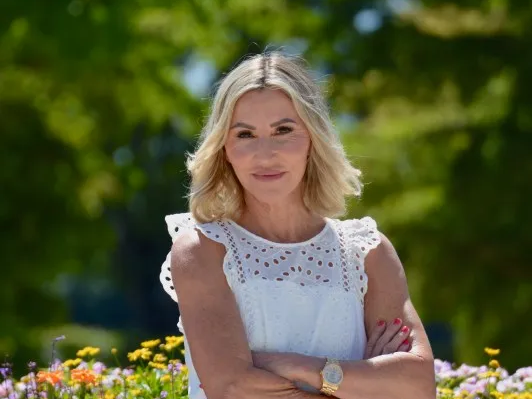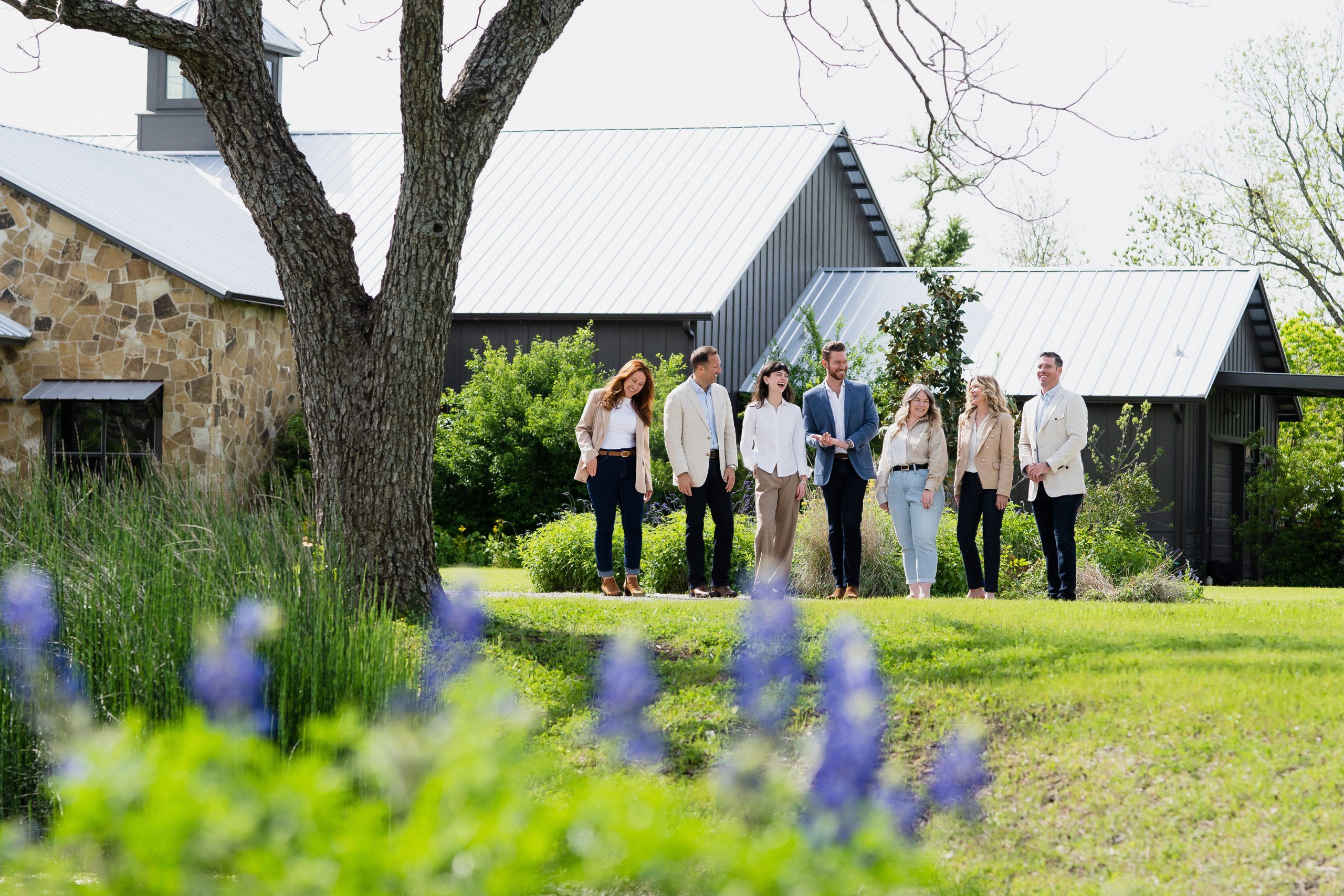Properties
On to Greener Pastures
by Lauren Teneriello
August 2021
Most of us think about retirement early on in our careers— asking big questions such as how much to save in our retirement funds, or deciding what’s next in our new chapter. Humans, however, aren’t the only ones who must consider retirement—horses also face this major milestone in their professional journey. And like the personal decisions that are part of the human retirement process, a rider has decisions to make when it comes to retiring his or her horse. Melanie Peterson-Ramey, co-owner of Stone Columns Stables with her husband Jeff Ramey, describes the life of a retired horse and what sets their stables apart from others.
The first question equestrians and non-riders may ask is how do you know when your horse is ready to retire? Peterson-Ramey says that many horses are faced with career-ruining injuries which will force them into retirement. Stone Columns Stables occasionally does see clients who decide to retire their horse early before their four-legged friends are worn down to injury. “It is a selfless act and a courageous one at that,” Peterson-Ramey says. “Putting your horses’ well-being above your personal wish to see him or her every day is indeed a sacrifice.”
But what exactly happens when you bring your horse in to retire? Stone Columns Stables has a show horse step down program that is customized to each horse’s physical and mental needs. When each horse arrives, it is assessed and then has time to adjust in one of the stable barns. After about one month, they are out in one of the herds. “Horses aged 18, 19, 20 who have never been turned out before in a herd have transitioned beautifully. Once the horses are in the herd, they do not want to be separated from their friends,” Peterson- Ramey notes. The Stables team is out in the fields every day checking each horse. Lots of their horses have many different needs including specific medications. In order to avoid disrupting their daily lives, Peterson-Ramey’s team does everything for the horses in their fields—in this way, they can continue to remain within their comfortable surroundings.
Clearly, the stables have a well-thought-out system for transitioning their horses. But what sets them apart from other retirement stables? “Stone Columns Stables is located on Elmendorf Farm, a once-iconic farm known for producing some of the most famous horses in history,” Peterson-Ramey remarks. When horses come here to retire, they are not only given what they need, but given it with the respect they deserve. “Every horse is treated as an individual and their care is specific to them,” Peterson-Ramey explains. For example, the Stables have different pastures for horses at various levels of retirement. Some horses who have severe soft tissue injury cannot go into a field with any topography whatsoever, whereas a 19-year-old horse can easily navigate a more diverse terrain.
Another tactic that contributes to their individualized approach of care is Peterson-Ramey’s ability to “listen” to her horses. She says that listening starts with turning off any preconceived notions about what she and her experts think that the horses need, and instead seeing each individual for who they are.
“Being able to offer these amazing creatures a safe haven where they are free to roam our fields and have a social life with their friends” is something that Peterson-Ramey and her team take pride in daily. Riders can rest assured knowing that their horses are off to better and greener pastures at Stone Columns Stables.
Stone Columns Stables
Melanie Peterson-Ramey • 611 Iron Works Pike, Lexington, KY 40511 • (561) 870-6587
Read the rest of the Douglas Elliman Equestrian magazine here.




